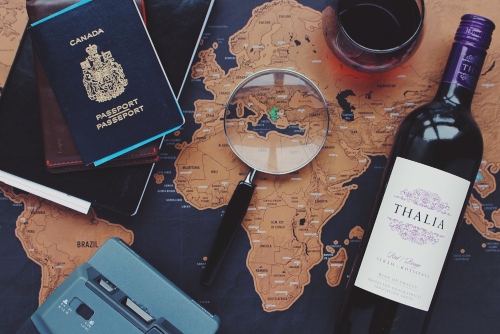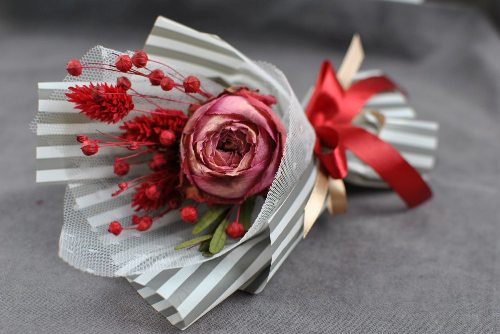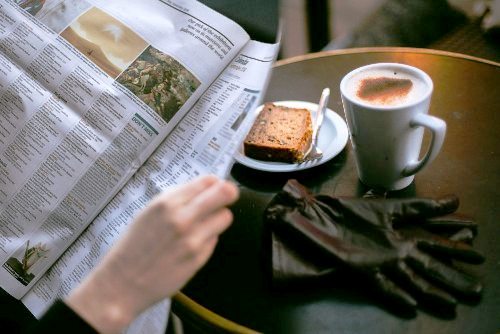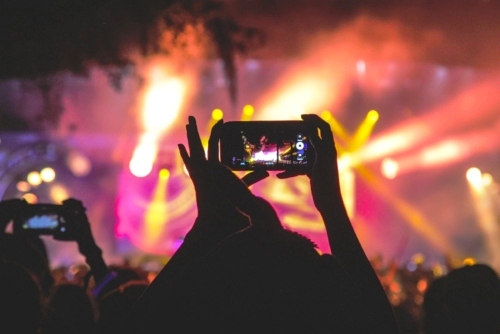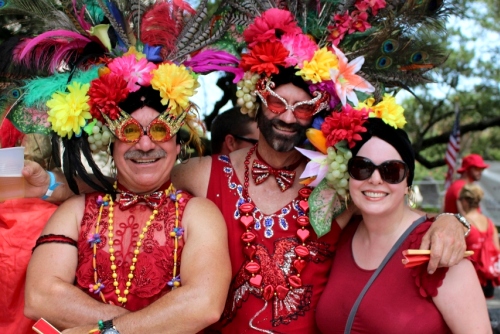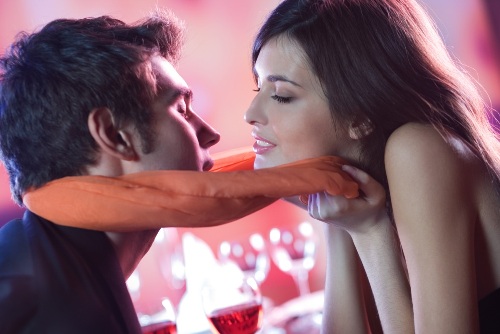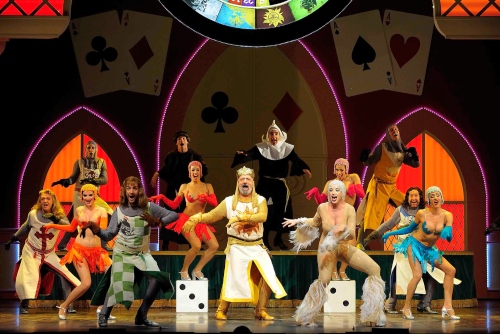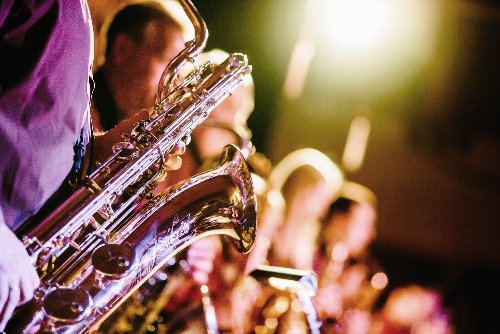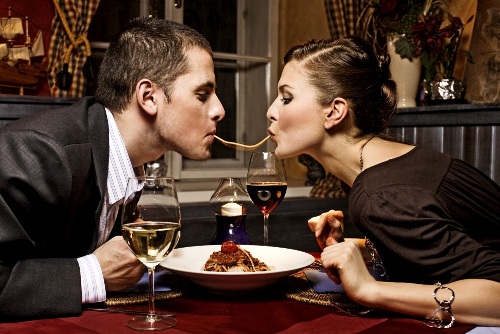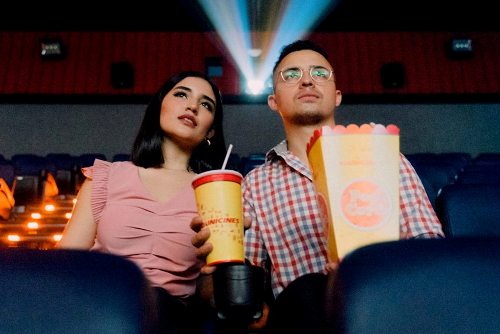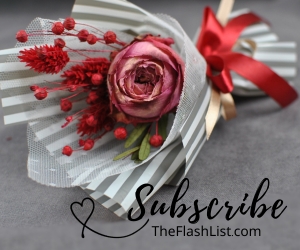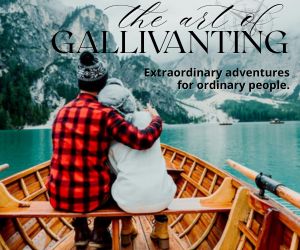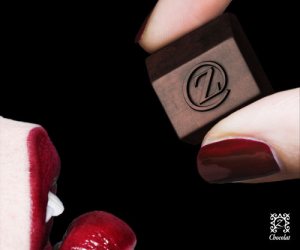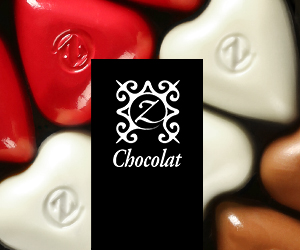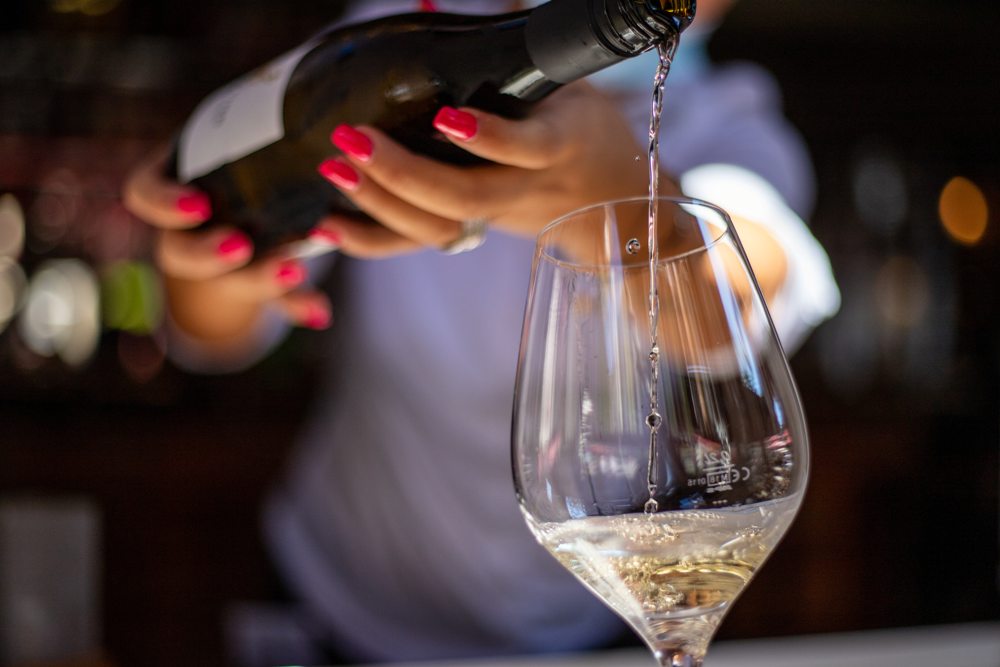
The thought of attending a wine-tasting festival can often be intimidating for first-time attendees or for those who do not consider themselves very experienced in the world of wine drinking. And, oh, that is such a gut-wrenching shame because these horizon-broadening events can be so much fun and exactly the place to learn about new wines with just a minimal investment of the ticket price. So, consider these helpful tips for attending and enjoying a wine-tasting festival.
Arrive Early
Time can pass very quickly at a large wine tasting event, as there is so much to experience and savor. With numerous wines to sample, engaging conversations to be had, and the opportunity to learn from knowledgeable hosts, it's easy to find yourself fully immersed. To truly appreciate the event and avoid feeling rushed, it's important to give yourself plenty of time to relax and enjoy the experience at your own pace. This way, you can savor each wine thoughtfully, absorb the atmosphere, and make meaningful connections without any pressure.
Plan Ahead
If you already know which wine and food vendors will be offering samples at the event, it can be incredibly helpful to create a prioritized list of those you are most interested in exploring. Large tastings often feature a wide variety of vendors, and the excitement and bustling atmosphere can make it easy to overlook some of the options that initially caught your attention. By having a clear plan, you ensure that you don't miss out on trying the products that genuinely pique your curiosity. This strategy also helps you manage your time more effectively, allowing for a more focused and rewarding tasting experience.
Don't Worry About Your Wallet
Once inside the door, the winemakers, distributors, and vineyard representatives are there to assist you, serve you, and provide information about their offerings; therefore, you should not expect to be bombarded with any kind of high-pressure sales pitch. In fact, many wine festivals have strict regulations that often prohibit direct sales on the premises to ensure a relaxed and educational atmosphere. Your main role is simply to taste the wines that catch your interest and feel comfortable asking any questions you may have about the wines, the winemaking process, or the vineyard itself. This setting is designed to encourage exploration and enjoyment rather than pressure, allowing you to savor the experience at your own pace.
Be Adventurous
We asked one experienced winemaker what he considered to be the biggest mistake people make at a wine-tasting event, and his response was insightful: many attendees tend to gravitate toward wines they already know and feel comfortable with, rather than taking the opportunity to branch out and explore new varieties and styles. This habit can limit the overall experience, as wine tastings are designed to encourage discovery and broaden one's palate. Trying unfamiliar wines not only expands your knowledge but can also lead to unexpected favorites and a deeper appreciation of the diversity within the world of wine. Embracing this adventurous spirit can transform a simple tasting into a memorable and enriching journey.
Taste in Light-to-Heavy Order
For a more structured and thoughtful tasting experience, it is best to start with light-bodied wines and lighter fare before progressing to stronger reds and heavier dishes. This approach allows your palate to gradually adjust and prevents the more robust flavors from overwhelming the more delicate ones early on. Beginning with crisp whites, sparkling wines, or light rosés sets a refined tone and prepares your taste buds for the richer, more intense reds and hearty foods that follow. And, of course, be sure to save room for dessert wines, which offer their own unique complexity and sweetness to round out the tasting journey. Allowing your palate to move from subtle to bold creates a more balanced and enjoyable experience overall.
Sip and Discard if You Wish
Most tasting tables provide small spittoons or buckets for disposing of excess wine after a sip, and it is perfectly acceptable to use them if you choose not to drink the entire pour. This practice is common and encouraged at wine events where the focus is on sampling and savoring multiple varieties without becoming inebriated too quickly. Spitting out wine allows you to remain fully present and attentive to each tasting, enabling better judgment and a more refined appreciation of the nuances in every glass. Far from being rude, this custom reflects a genuine respect for the wine and the art of tasting itself.
Cleanse Your Palate and Glass
Pitchers of water are typically available at tasting events and serve an essential purpose beyond simple hydration. When moving between wines that differ widely in character—such as transitioning from a bold red to a delicate white—cleansing your palate and rinsing your glass ensures that lingering flavors do not interfere with your next tasting. Pour a small amount of water into your glass, swirl it around to loosen residual wine, then discard it into the provided bucket. This simple step refreshes your palate, allowing each new wine to reveal its true character and preventing flavor crossover that might dull your sensory experience.
Have Seconds
Encountering a wine that truly delights your senses is a memorable moment, and it is entirely acceptable to ask for an additional pour if you wish to savor it further. Whether it's a rare vintage, a particularly well-crafted varietal, or simply a flavor profile that resonates with your preferences, having a second taste can deepen your appreciation and confirm your enjoyment. Most hosts encourage this, as it allows you to fully engage with the wine and provides an opportunity to discuss the attributes that make it stand out. Do not hesitate to indulge in a second pour when the wine calls for it.
Take Notes
With so many wines available to sample at a tasting event, it can be challenging to remember each one distinctly. Taking notes helps capture the names, details, and impressions of your favorite wines, enabling you to revisit them later with confidence. Many distributors also offer information cards that you can collect for future reference. When jotting down notes, describe not only the wine's name but also its flavor profile, aroma, and texture, highlighting what you liked or didn't like. This practice not only sharpens your wine knowledge but also guides you when purchasing bottles after the event, making it easier to replicate the experience at home.
Go to the Head of the Class
Wine seminars and expert talks are popular features at many tastings, offering valuable insight into wine-making techniques, regional varieties, and food pairings. These sessions can sometimes become lively social gatherings, with attendees chatting and sharing opinions. If you want to focus fully on the expert speakers and absorb their knowledge without distraction, don't hesitate to sit near the front of the room. Positioning yourself strategically enhances your ability to hear and engage with the information presented, making the seminar a richer learning experience and adding depth to your overall tasting adventure.
Dress Up
Many upscale wine-tasting events have an air of elegance and sophistication, which is often reflected in the dress code. While some men may choose a casual approach with jeans paired with a blazer, the prevailing standard leans toward business casual or even formal suits. Women commonly opt for dress pants, tailored suits, or dresses that strike a balance between stylish and refined—often described as conservative nightclub chic. Dressing appropriately not only respects the ambiance of the event but can also enhance your own confidence and comfort as you mingle with fellow wine enthusiasts and industry professionals.
Keep Your Hands Free
Managing a wine glass, a plate of food, utensils, and a napkin can become quite cumbersome without a plan for keeping your hands free. To maintain ease of movement and full enjoyment of the tasting, it is advisable to carry a small purse with a shoulder strap or simply tuck essentials into your pockets and leave larger bags at home. This practical approach minimizes awkward juggling and allows you to focus on the wine and food in front of you, making the overall experience smoother and more enjoyable.
Pace Yourself
With the abundance of wines, and sometimes beer and spirits, available at tasting events, it is easy to become carried away in the excitement of sampling and socializing. The combination of continuous tasting, conversation, and laughter can cause time and alcohol consumption to slip by unnoticed. Considering that pours can be around two ounces per wine, multiplied by multiple tastings at several stations, the number of glasses can quickly add up. To avoid overindulgence and ensure you remain comfortable and alert, pace yourself by taking breaks, sipping water, and enjoying snacks. Moderation allows for a more enjoyable and memorable experience that you can fully appreciate from start to finish.
Take a Shuttle
Transportation planning is an essential part of attending wine tasting events responsibly. Since alcohol consumption is a given, it is wise to explore nearby public transportation options or keep phone numbers for local taxi services handy. Utilizing a shuttle service or arranging for a designated driver ensures your safety and the safety of others while allowing you to fully enjoy the event without worry. Remember, the abundance of wine tastings makes it all the more important to plan ahead for a safe journey home.
Approaching wine tasting events with intention and preparation enhances every aspect of the experience, from savoring new flavors to expanding your knowledge of wines and food pairings. By following these guidelines—tasting in a thoughtful order, pacing yourself, taking notes, and embracing opportunities to learn—you can elevate your enjoyment and deepen your appreciation for the artistry behind winemaking. Attending well-prepared also allows you to navigate the social and practical aspects of the event with confidence, ensuring that every sip and every moment is savored to the fullest. Ultimately, a mindful and relaxed approach to wine tasting transforms it from a simple sampling into a rich and rewarding adventure.
MORE ON THE FLASH LIST
